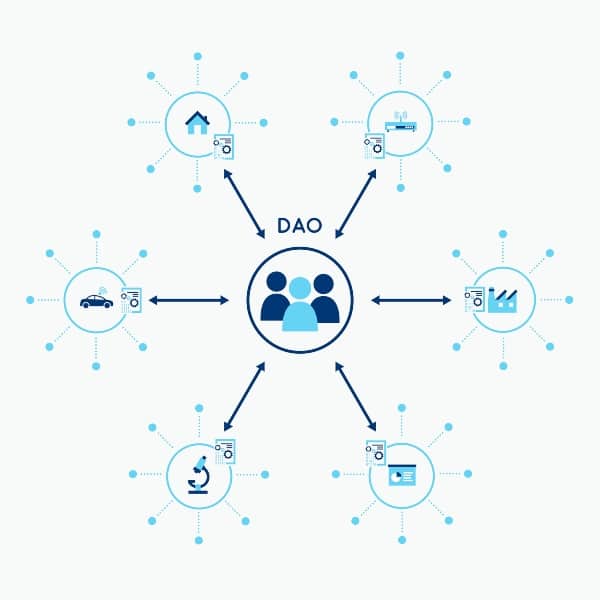How to manage the treasury of a DAO, an innovative decentralized fundraising system.
Financial innovation, how a DAO manages its treasury

A DAO, an acronym for Decentralized Autonomous Organization, is set up to raise funds for a specific purpose that can be charitable or commercial in the cryptocurrency space.
It was first mentioned in Ethereum’s manifesto by its founder Vitalik Buterin, and it was in his community that the first major DAO was born.
Its organization is governed by smart contracts and blockchain technology to provide them with transparency, immutability, autonomy and security.
How a DAO works
For this reason, they are not bound to any regulation, law or centralized organization. DAOs depend on a number of mechanisms that ensure their functioning at all times, such as the consensus protocol.
Consensus enables economic transactions and voting processes through governance tokens, which give the right to vote and participate in community decisions.
In fact, DAOs aim to ensure fair and consensual activity by those involved, making each action valid with the consent of all.
It is clear that since the DAO is an association that has to manage funds, it becomes interesting to know how the treasury is managed in such a decentralized context.
The management of a decentralized treasury
In a context where there are no intermediaries and everyone has the same capacity to participate in the activity of the organization, there is no hierarchical system establishing priorities, responsibilities and tasks of each actor in the field. The issue of fund management is certainly a very delicate operation to organize.
However, we are talking about numbers that are by no means negligible, considering that all the major DAOs formed to date would have raised just under $14 billion.
The fact is that, as DAOs are a fairly young type of organization, there is not yet a precise rule on how to manage treasury in a unified way. The management of a DAO should therefore be a careful choice of how to allocate resources considering that projects are often long-term.
Many DAOs are relying on multisig to manage their funds, which allows a group to digitally sign a single document.
Multisig wallets lock funds into a specific smart contract and all transactions can be verified on the blockchain. This way there is maximum transparency and security in transactions without anyone having the private keys to the wallet.
Multisig uses the Gnosis Safe platform, an open source wallet running on Ethereum, which requires a minimum number of people to approve a transaction before it can take place, almost simultaneously.
Most DAOs manage pooled funds in this kind of digital “safe”, using multi-sig functionality for the management of the collective funds.
Currently, over $100 billion has been raised through this system and it is now considered the safest and most reliable way for DAOs to deposit funds.
In terms of the management and investment of these funds, many DAOs often make the mistake of keeping the bulk of their funds in their native tokens, rather than diversifying into safer, less volatile cryptocurrencies such as stablecoins.
DAOs often impose lock-in programs on their community to avoid excessive price fluctuations caused by block sales. At the same time, good management would be to provide grants or prizes to attract new contributors as well as new developers to the project.
Source: https://en.cryptonomist.ch/2022/05/08/how-to-manage-treasury-dao/